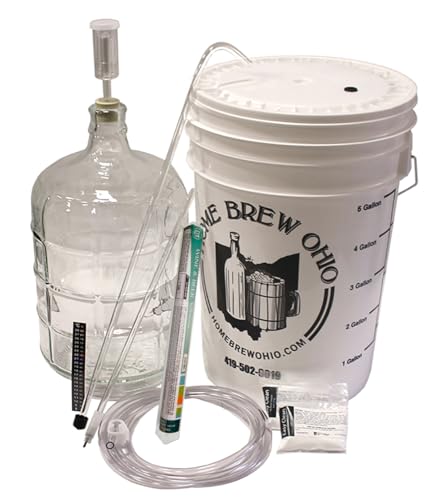Kit manufacturers just assume that most of their customers do not have testing equipment nor do they want to have purchase it. In the instructions they have a section on when and how much SO2 to add if you decide to bulk age past 90 days. The recommendation is usually 1/4tsp every 90 days.
That said I agree with you its not usually needed for a red wine but a pretty safe addition for a white wine. I have tested kit wines (A/O rig) out to 9 months (with just the included Sulfite package) in a carboy and found reds to be perfectly fine based on the wines pH. Whites were borderline at 90 days. These were all with airlocks and good winemaking/racking techniques BTW.
I usually recommend 1/8tsp every 3-4 months for those folks who don't wish to purchase testing equipment. As most of the folks who don't have any testing equipment are just getting started in wine making and are "rookies" so to speak they may have exposed the wine to more air than normal via poor or multiple rackings, trying to degas for really long periods of time with a mix-stir, not topping off etc.
I like the Buon Vino solid stoppers myself for long term bulk aging in carboys. But you can't use them in the Spring when temps are rising in the carboy on a daily/weekly basis unless you like to clean up wine off the ceiling. They work fine for Summer (when carboys have maxed out temp wise), Fall and Winter (when carboy temps are falling).
That said I agree with you its not usually needed for a red wine but a pretty safe addition for a white wine. I have tested kit wines (A/O rig) out to 9 months (with just the included Sulfite package) in a carboy and found reds to be perfectly fine based on the wines pH. Whites were borderline at 90 days. These were all with airlocks and good winemaking/racking techniques BTW.
I usually recommend 1/8tsp every 3-4 months for those folks who don't wish to purchase testing equipment. As most of the folks who don't have any testing equipment are just getting started in wine making and are "rookies" so to speak they may have exposed the wine to more air than normal via poor or multiple rackings, trying to degas for really long periods of time with a mix-stir, not topping off etc.
I like the Buon Vino solid stoppers myself for long term bulk aging in carboys. But you can't use them in the Spring when temps are rising in the carboy on a daily/weekly basis unless you like to clean up wine off the ceiling. They work fine for Summer (when carboys have maxed out temp wise), Fall and Winter (when carboy temps are falling).
I am not sure I agree with your recommendation. Bulk Aging in a Carboy is not too much different than a bottle. Probably the biggest difference is using an Air Lock instead of a cork. So it could be argued that you could have some O2 infiltration with the Air Lock. However one usually adds an additional dose of K meta after racking a Carboy when bulk aging not just simply on a time frame. I would agree you might want to add an additional dose at bottling but not just because the wine is in a carboy sitting for 6 months. The best way is to test for So2 and add accordingly amounts related to the PH of the wine.
Interestingly Wine seems to age faster in smaller containers. So if you are only interested in aging you are better off bottling and aging that way.
Malvina





















































